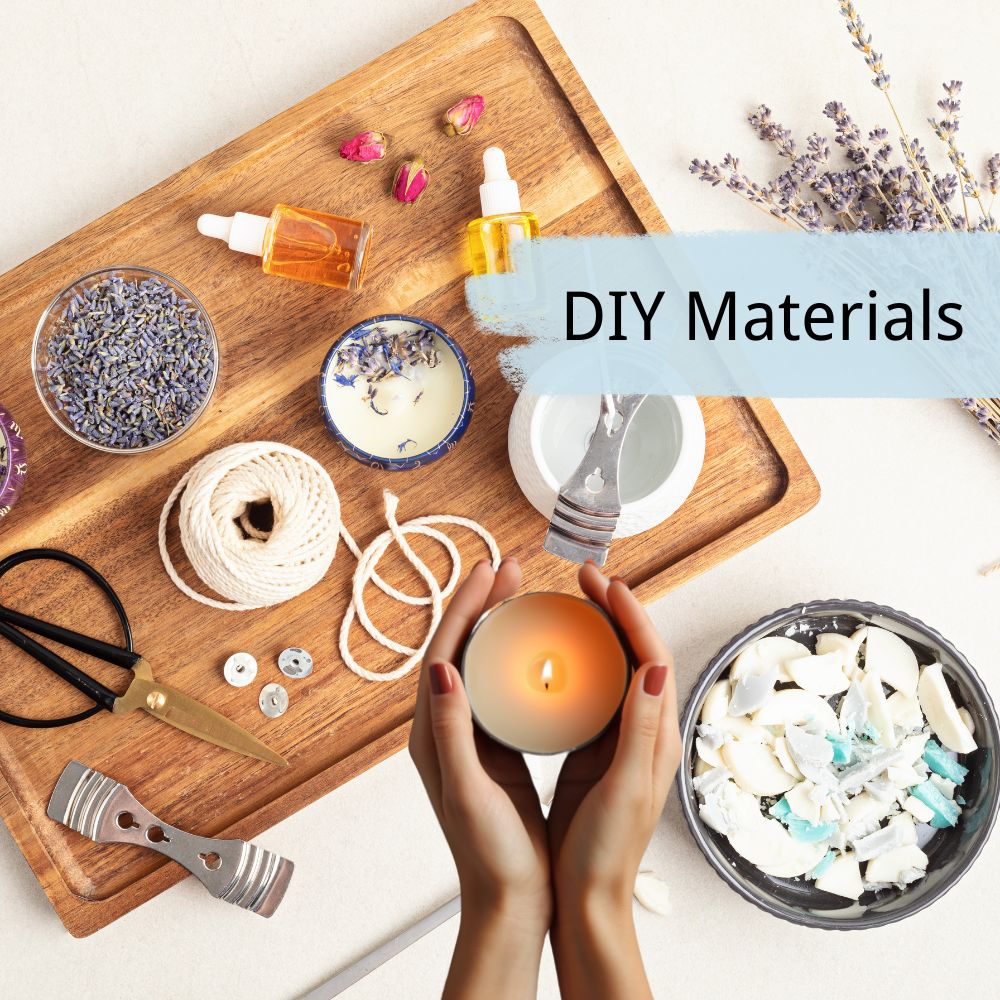- Calipers: Used to measure the diameter of the wick to select a more suitable wick size.
- Mold Release Oil: Used for molds like acrylic ones, especially those with sharp edges.
- Brush: Can be used while brushing mold release oil onto the molds.
- Non-Stick Steel Cup: Used for placing melted wax and measuring wax liquid content.
- Insulation Paper: Can also use aluminum foil as a substitute, which helps to maintain heat when melting wax.
- Candle Turntable: Can be used when making candles with egg-shaped molds, helping with turning the mold evenly.
- Disposable Cup: Disposable cups with paper are used for easily adjusting the color when making candles.
- Glue: Used when fixing the wick to the bottom of the mold.
- Candle Dye: Can be solid or liquid. For liquid dyes, ensure that you use a small amount when testing colors.
- White Cardboard: Used when testing the color of the wax. Test the color when the wax is both hot and cold to check if there is a noticeable difference.
- Decoration Materials: Dry flowers can be used for making floral candles. Packaging materials like boxes and bags can help decorate candles.
- Flower Bags: When making candles with floral designs, these bags can be used to create flower shapes.
- Leather Paper or Stiff Paper: Used to smooth the surface of candles, helps avoid mess when placed on the work surface.
- Heat Resistant Gloves: Used to avoid burns when handling hot materials. Colors may stain on the gloves.
- Candle Base Mount: Used for securing the wick base.
- Bamboo Skewers: Can be used to create holes for fixing the wick in the mold, helping with precise placement.
Materials for Candle Making (Part 2)

23
Feb

